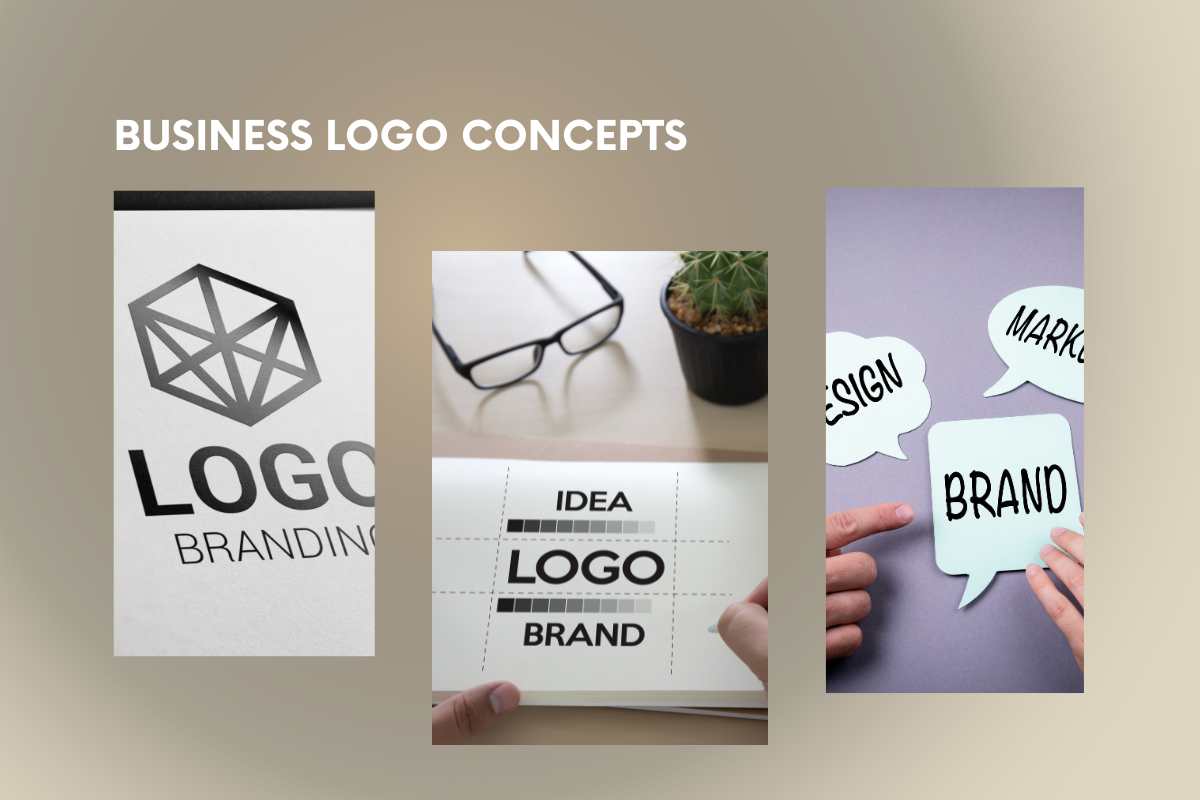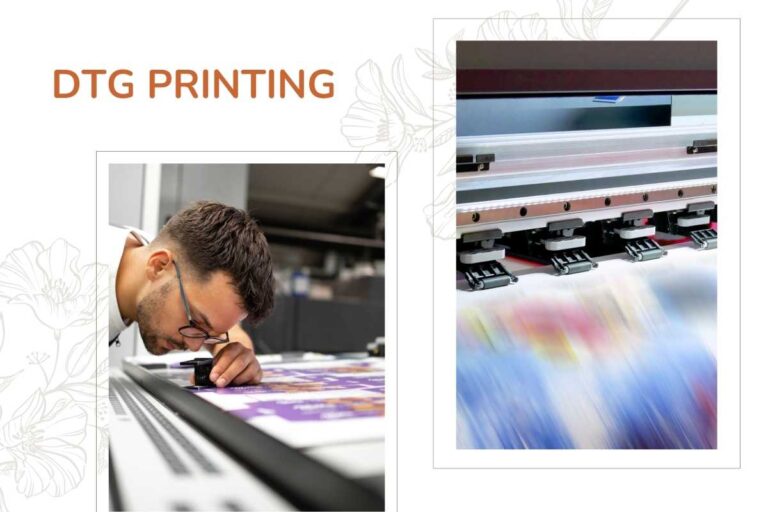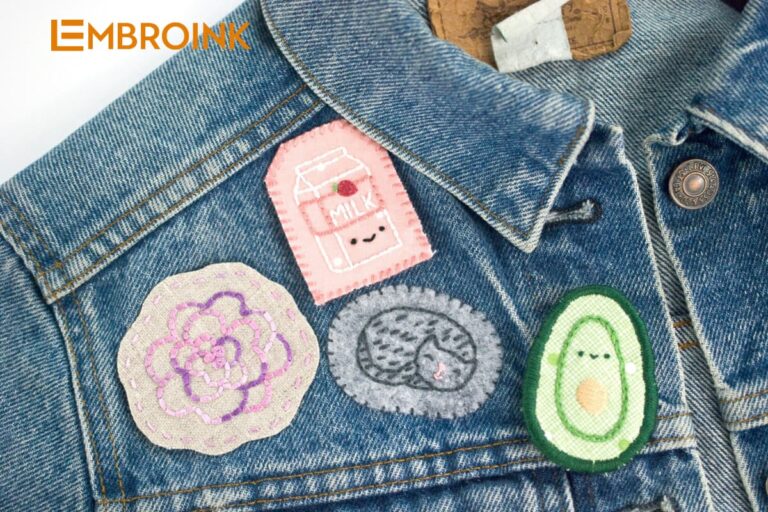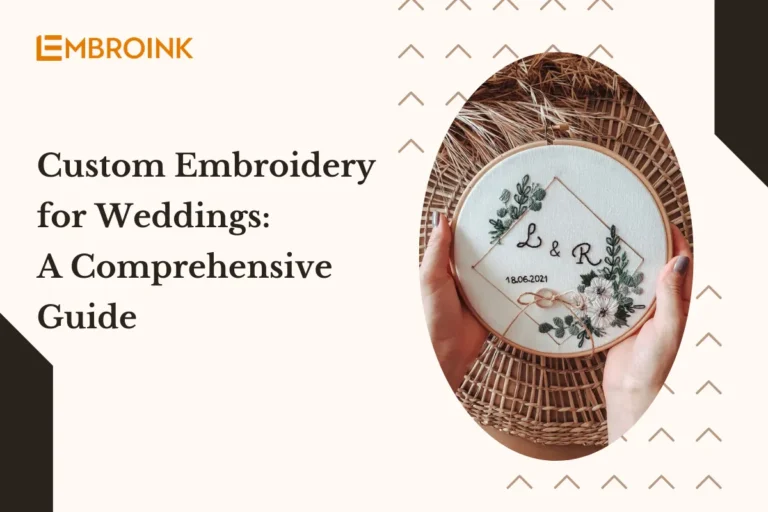Creative business logo concepts: Fueling brand identity
Designing an impactful business logo goes beyond aesthetics; it’s a crucial component of your brand identity. In today’s competitive landscape, a thoughtfully crafted logo can convey your company’s values, engage your target audience, and distinguish you from the competition. Whether you’re a budding startup establishing your brand or a well-established ecommerce company looking to refresh your image, recognizing the importance of your logo is essential. Let’s explore with EmbroInk a variety of business logo ideas that resonate across different industries and discover how you can bring them to life.
The Significance of a Strong Business Logo
A compelling business logo is the cornerstone of your brand identity and significantly influences public perception. Here’s why having a memorable logo is essential:
- First Impressions Matter: Your logo is often the first interaction a potential customer has with your brand, setting the tone for all future engagements.
- Foundation of Brand Identity: It encapsulates your business’s personality, mission, and professionalism, serving as a visual representation of your core values.
- Competitive Edge: A well-designed logo can help your brand stand out in a crowded market, enhancing brand recall and recognition.
- Cohesive Branding: Consistently using your logo across all platforms reinforces your brand message and fosters trust with your audience.
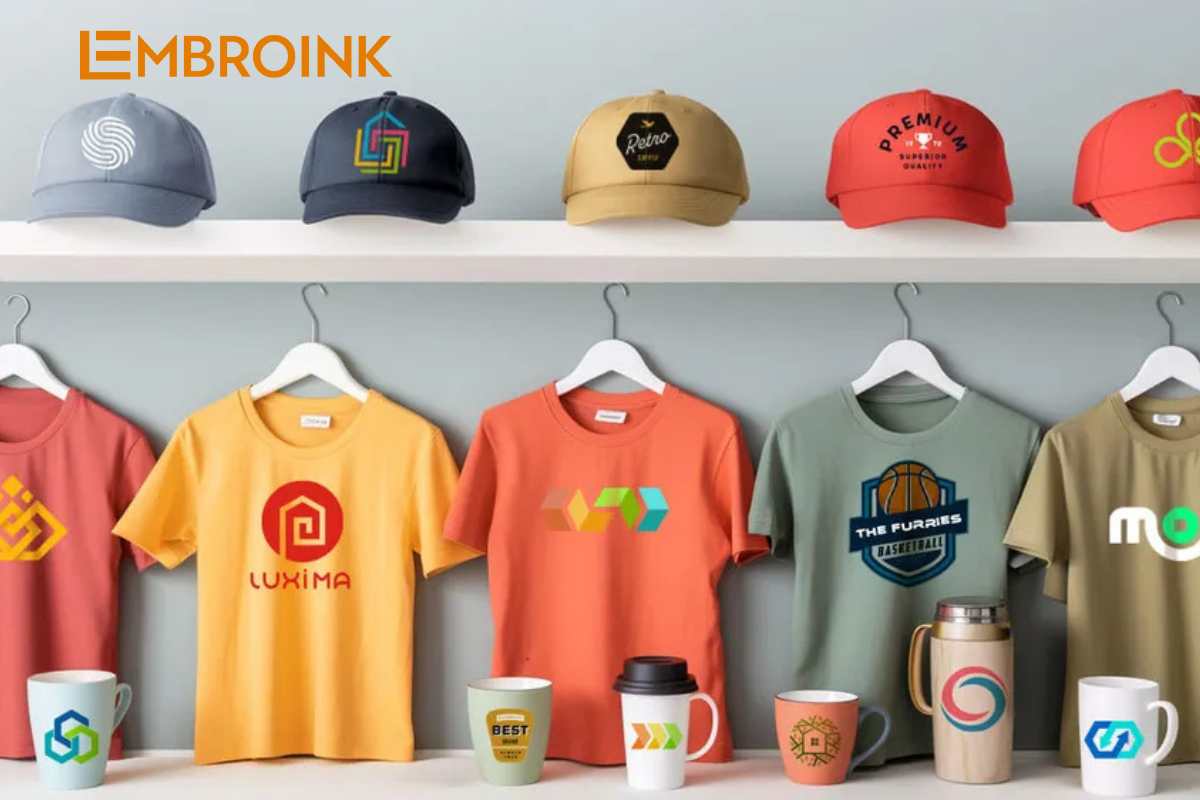
Understanding Your Brand’s Core Values
Grasping your brand’s core values is essential, as these principles embody what your business stands for and guide your actions and decisions. Here’s how you can define them effectively:
- Define Your Mission: Clearly establish what your business aims to achieve beyond profit. This might involve revolutionizing an industry, improving community well-being, or offering locally-sourced products that support sustainability.
- Clarify Your Vision: Reflect on the future you envision for your company. A well-defined vision can inspire innovative and forward-thinking logo designs that encapsulate your brand’s aspirations and goals.
- Highlight Your Uniqueness: Identify what differentiates your brand from competitors. This could be exceptional customer service, unique product features, or a distinct approach to solving customer problems.
- Emphasize Your Values: Determine the key principles your business upholds. Whether it’s sustainability, innovation, or a focus on customer-centricity, these values should resonate in your logo design, reinforcing your brand identity.
- Connect Emotionally: Consider the emotional connection you wish to establish with your audience. A thoughtfully crafted logo can evoke the right feelings, fostering loyalty and a strong bond with customers.
By thoroughly understanding and articulating these core values, you can create a logo that not only captures attention but also communicates your brand’s essence effectively.
Six Cool Logo Ideas for Businesses
Exploring diverse logo design concepts can ignite inspiration for crafting a brand identity that stands out in a crowded marketplace. Whether you’re refreshing an existing logo or starting anew, these ideas can serve as your creative springboard.
Here are six cool logo design tips tailored to different brand personalities:
Classic and Timeless Logos
Classic logos are celebrated for their enduring simplicity and appeal, making them an ideal choice for brands aiming to convey stability, reliability, and respectability.
- Focus on Simplicity: Classic logos thrive on minimalism. Simple designs, like the Nike swoosh and Apple icon, are easily memorable and recognizable worldwide.
- Use Traditional Colors: Stick to classic color schemes—black, white, gold, or earth tones. These hues exude sophistication, as seen in Chanel’s black and white logo.
- Emphasize Typography: Opt for strong, readable typefaces. Serif fonts, like the Times New Roman used in The New York Times logo, enhance both elegance and legibility.
- Incorporate Symmetry: Symmetrical designs, such as those of Mercedes-Benz and Target, convey stability and harmony, appealing to the eye.
- Lean on Heritage: Including established year marks or classic motifs, like the harp in the Guinness logo, communicates a legacy of quality and tradition.

Modern and Abstract Logos
Modern and abstract logos are perfect for brands seeking to project innovation and creativity, making them a great avenue for professional designers.
- Embrace Geometric Shapes: Use clean, geometric forms—like circles and squares. Airbnb’s logo, a simple abstract design, reflects flexibility and modernity in travel.
- Use Bold Color Palettes: Unlike classic logos, modern designs often feature vibrant, contrasting colors. Spotify’s bold green logo symbolizes growth and vibrancy.
- Experiment with Negative Space: Clever negative space can add sophistication. The FedEx logo, with its hidden arrow, suggests forward movement and precision.
- Adopt Minimalism: Many contemporary logos focus on essential elements for a clean, recognizable image. Google’s logo uses primary colors and a sans-serif font to maintain a playful aesthetic.
- Incorporate Abstract Elements: Abstract logos evoke feelings rather than depict concrete objects. The Nike swoosh symbolizes motion and speed through its simplicity.
Mascot and Character Logos
Mascot logos bring a brand to life with a friendly face, evoking emotions and creating a personable brand image.
- Create a Brand Ambassador: A mascot embodies the brand’s values. Tony the Tiger for Kellogg’s Frosted Flakes personifies energy and fun, appealing to children and parents alike.
- Enhance Brand Recognition: Characters significantly boost brand memorability. The Kool-Aid Man is instantly recognizable, setting the brand apart from competitors.
- Foster Emotional Connections: Mascots can create deeper emotional bonds with customers. The Geico Gecko makes insurance feel more approachable and less intimidating.
- Offer Marketing Versatility: Characters can feature in various marketing campaigns, providing consistency and creative opportunities. M&M’s colorful characters appear in diverse advertising contexts.
- Appeal to Diverse Demographics: Mascots can target specific demographic groups. Ronald McDonald is universally known but especially resonates with families, drawing children into the McDonald’s experience.
By exploring these logo ideas, you can create a distinctive and impactful brand identity that resonates with your audience.
Wordmark and Letterform Logos
Wordmark and letterform logos are powerful branding tools that primarily utilize text to convey a brand’s identity. Here’s how to effectively create and implement these types of logos:
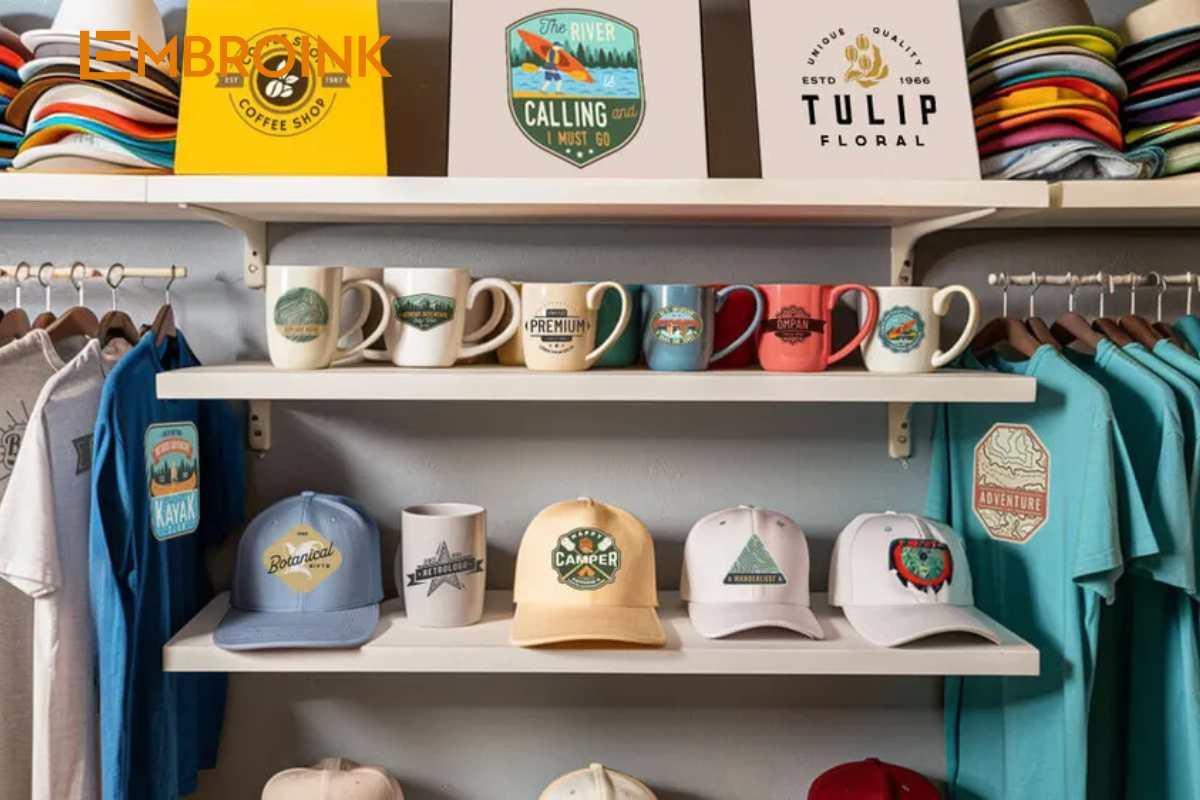
Getting Started with Wordmark and Letterform Logos
- Leverage Unique Typography: The font style you choose can communicate a lot about your brand. For instance, Coca-Cola’s flowing script is instantly recognizable and conveys a classic, friendly feel. Experiment with various font styles to find one that resonates with your brand personality.
- Simplify Branding Elements: Focusing solely on text keeps branding straightforward yet effective. Visa’s blue and gold wordmark exemplifies this approach, delivering a clear and impactful brand identity without unnecessary complexity.
- Highlight Brand Name: Using the brand name as the primary design element helps cement it in the customer’s mind. Google’s wordmark logo, featuring only its name, becomes iconic through its distinct color and font choices, enhancing brand recognition.
- Create an Iconic Style: A well-designed wordmark can achieve iconic status, making the brand synonymous with a particular font or style. IBM’s bold, striped letterform logo illustrates this well, utilizing a simple, strong typeface that reflects its identity as a technology leader.
Emblem and Badge Logos
Emblem and badge logos embody tradition and authenticity, often resembling crests used by educational institutions, government agencies, and established enterprises. Here’s what makes them effective:
- Convey Tradition and Heritage: Emblems are particularly effective for organizations with a long history. The Harvard University logo, featuring an elaborate crest, underscores its rich history and prestigious reputation.
- Create a Formal Impression: The detailed nature of emblems can lend a formal and authoritative air to a brand’s visual identity. Rolls-Royce’s intricate badge is synonymous with luxury and high status, reinforcing the brand’s appeal to an upscale market.
- Include Symbolic Elements: Many emblems incorporate symbols significant to the brand’s identity or history. The NFL shield uses American colors and symbols like stars and a football to encapsulate the spirit of American football.
- Achieve Distinctive Branding: Complex designs make emblem logos less likely to be confused with others, providing a unique branding element that stands out in crowded markets. Porsche’s intricate badge clearly distinguishes it from other car manufacturers.
Dynamic and Interactive Logos
Dynamic and interactive logos represent the cutting edge of design, embracing flexibility and innovation to remain relevant in today’s digital landscape. Here’s why they work:
- Adapt to Context: Dynamic logos can change based on their environment. Google Doodles, for instance, change daily to reflect holidays and significant events, keeping the interaction fresh and engaging for users.
- Enhance User Engagement: Incorporating elements that change or react invites users to interact with the brand. The MTV logo, known for its ever-changing patterns and colors, captivates a diverse, evolving youth audience.
- Reflect Brand Versatility: A dynamic logo showcases a brand’s ability to adapt and innovate, which are key qualities in modern businesses. PayPal’s logo varies slightly across different platforms while maintaining its core elements, illustrating flexibility and a modern approach.
How to Choose the Right Color Palette
Choosing the right color palette is crucial in logo design, as colors enhance visual appeal and convey the brand’s message while connecting emotionally with the audience. Here’s what you need to consider:
- Understand Color Psychology: Each color invokes specific psychological responses. Blue often evokes trust and security, making it popular among financial institutions, while red generates excitement and urgency, commonly used in entertainment and food industries.
- Align Colors with Brand Values: Choose colors that reflect your brand’s core values. If your brand promotes environmental consciousness, green may be suitable, symbolizing nature and sustainability.
- Consider Cultural Implications: Colors have different meanings across cultures. If your brand operates globally, ensure your chosen colors resonate well both domestically and internationally.
- Test Across Media: Check how your colors look on various platforms and media. Some colors may not translate well in digital or print formats, so it’s crucial to test them for consistency and clarity across all user touchpoints.
By thoughtfully considering these elements, you can create logos that not only look great but also effectively communicate your brand’s essence and connect with your target audience.

